
Acupressure Points for Sciatic Pain – 5 Most Important Acupuncture Points For Treatment Acupressure Points for Sciatica. Sciatica is a common cause of pain in both...


In our modern world, characterized by a sedentary lifestyle and constant hustle, many individuals experience chronic pain in the lower back, hips, or legs. Often, this...
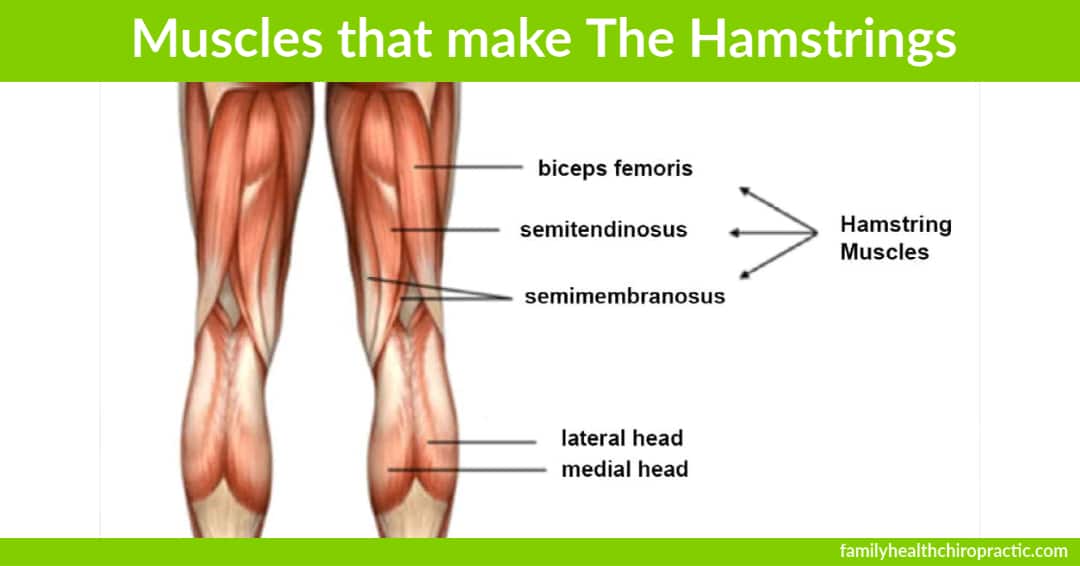
What to Know About Tight Hamstrings Almost every patient that we evaluate for back pain in our chiropractic office has tight hamstrings. This is because tight...
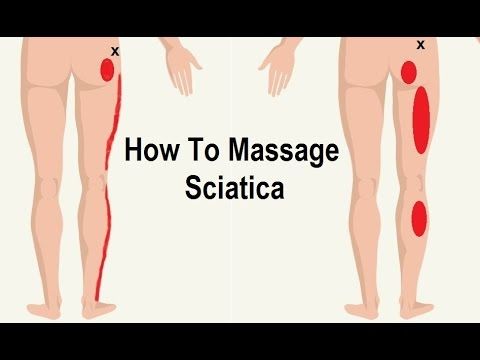

Massage Therapy for treating sciatica Sciatica is a word for pain that runs through your lower back, across your hips and buttocks, and down each knee.Sciatica...
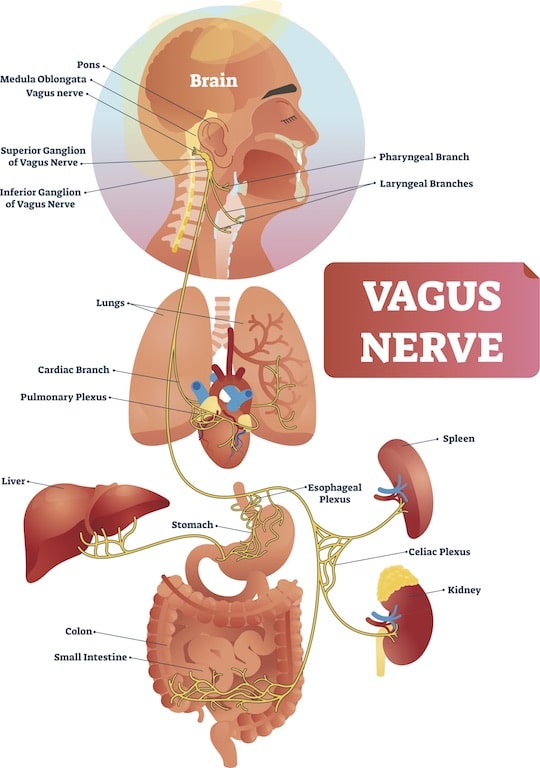

With each passing year, more and more evidence is mounting supporting the benefits of regular chiropractic adjustments. Every year, scientists are publishing scientific chiropractic-based studies aimed...
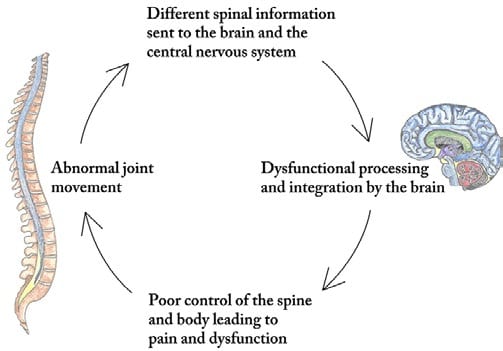

Should I See A Chiropractor? Every year, Millions of people in the U.S. see chiropractors for relief ofheadaches; back pain, shoulder, foot and neck pain. People...


Common Techniques of Chiropractors Get the best chiropractic change, from hands-on manipulation to instrument-assisted adjusting and the drop-table technique to ease aches and discomforts. From the...
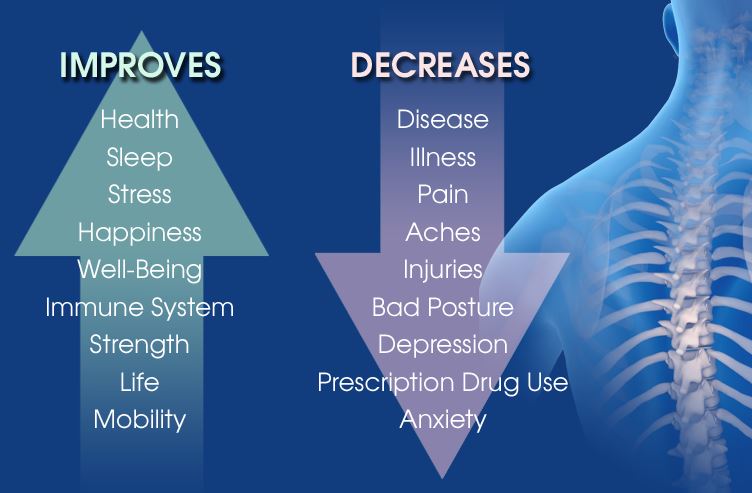

Chiropractic Care Unexpected Benefits If you believe chiropractic care is simply for your neck or your back, you need to think once again! Chiropractic treatment can...


Do you ever ask yourself why your neck is so stiff, or why you have that nagging headache that doesn’t seem to want to go away?...

The post Avoiding Back Pain while Shoveling and stretches for when you are done. appeared first on Active Family Chiropractic Blog.